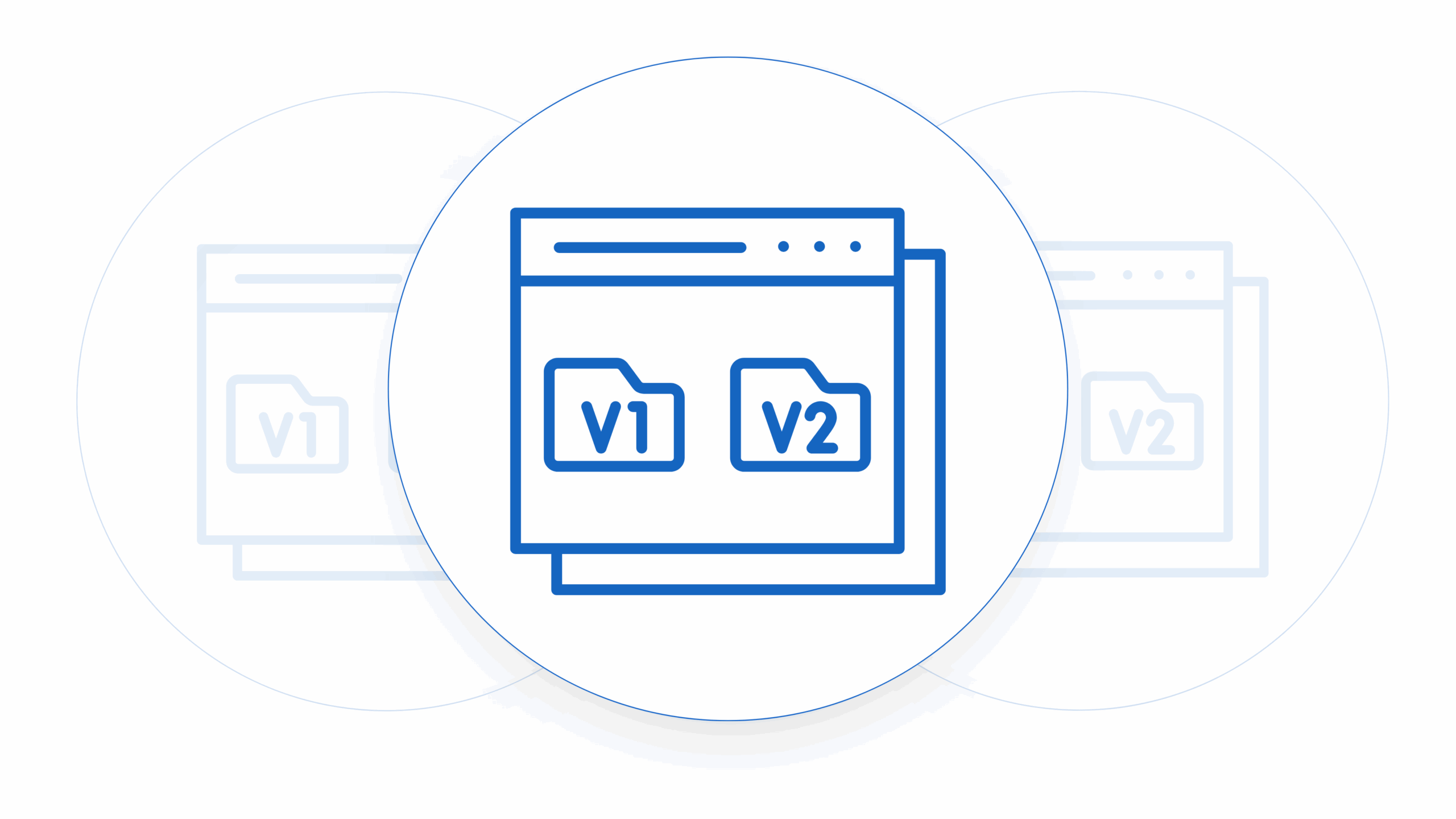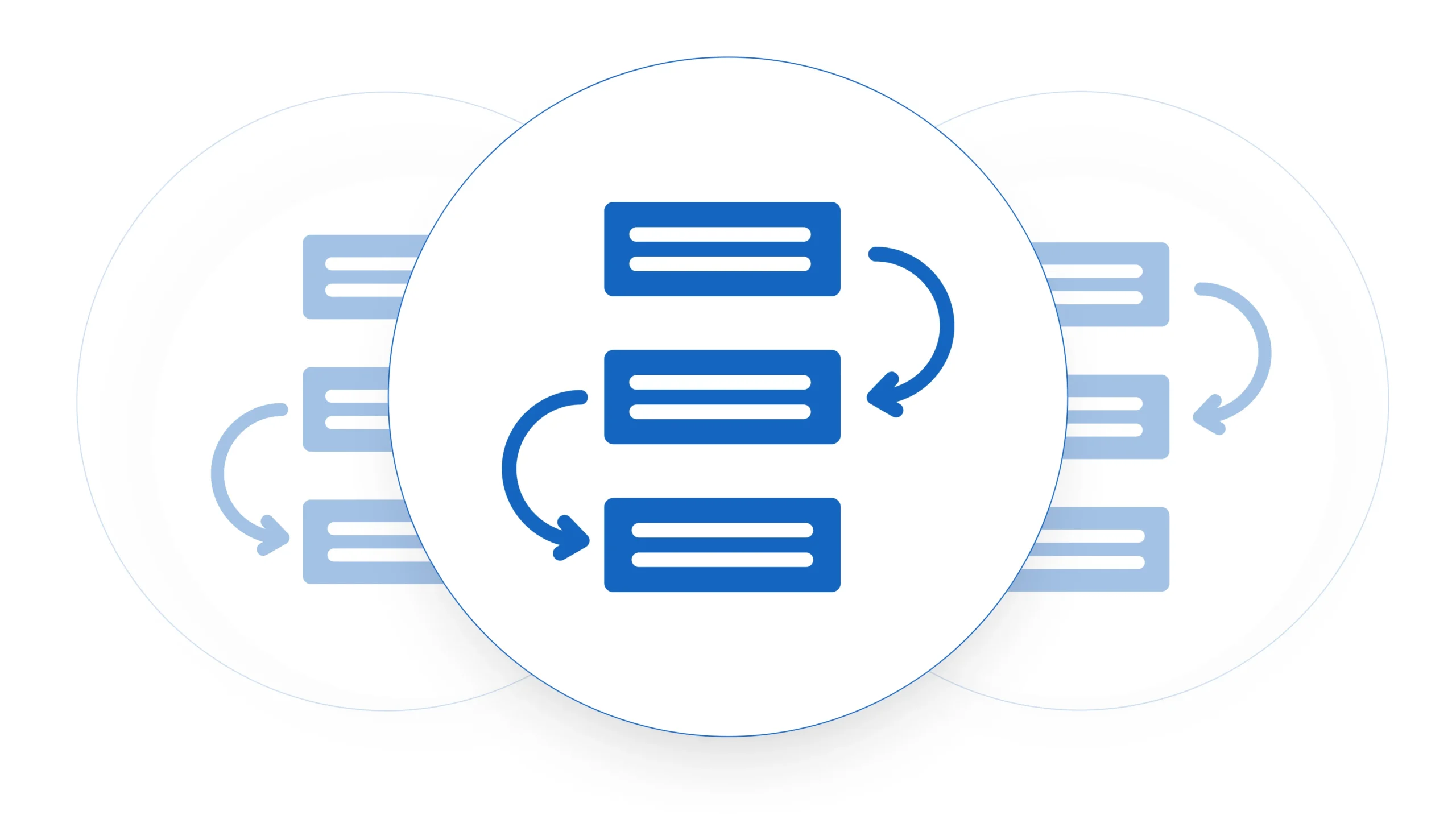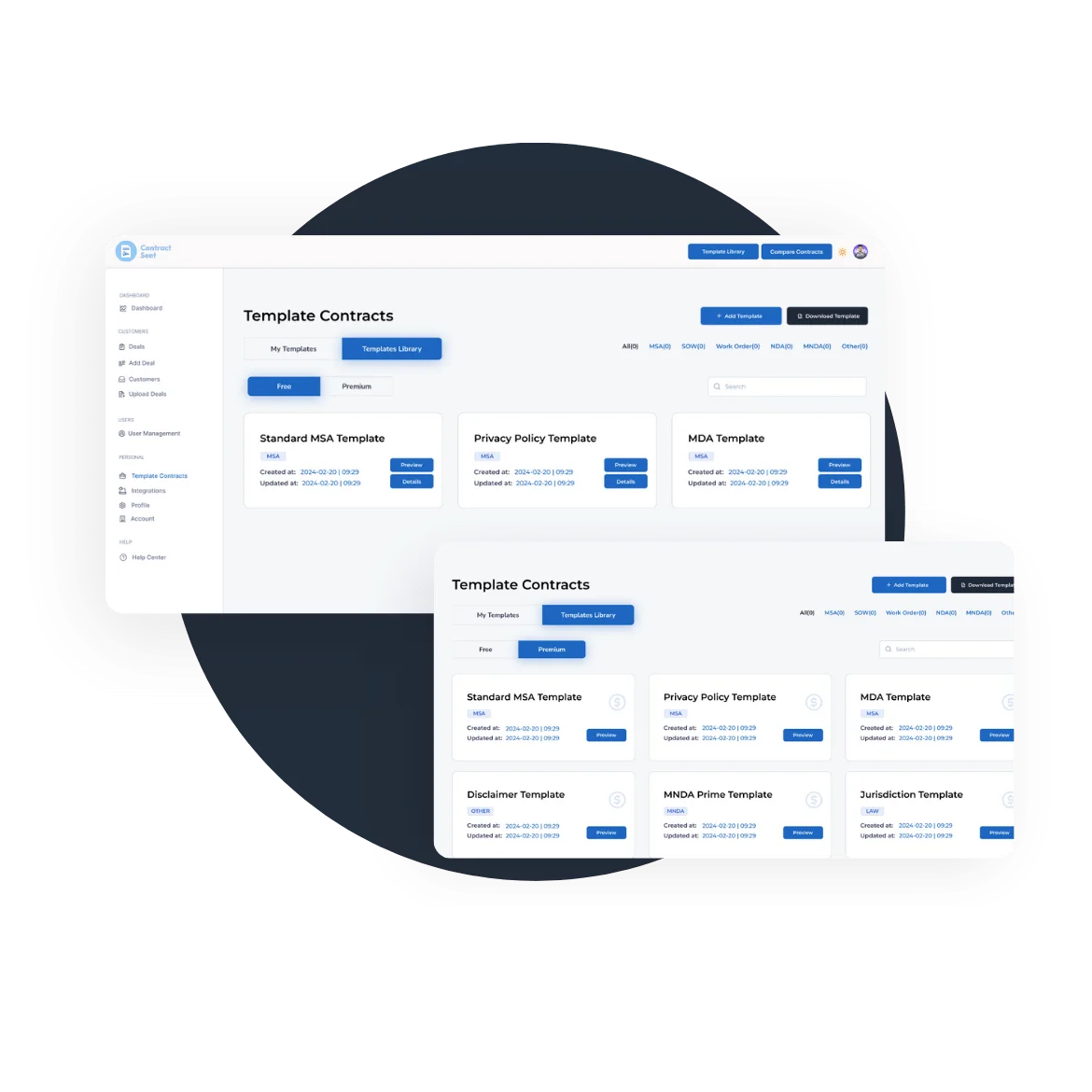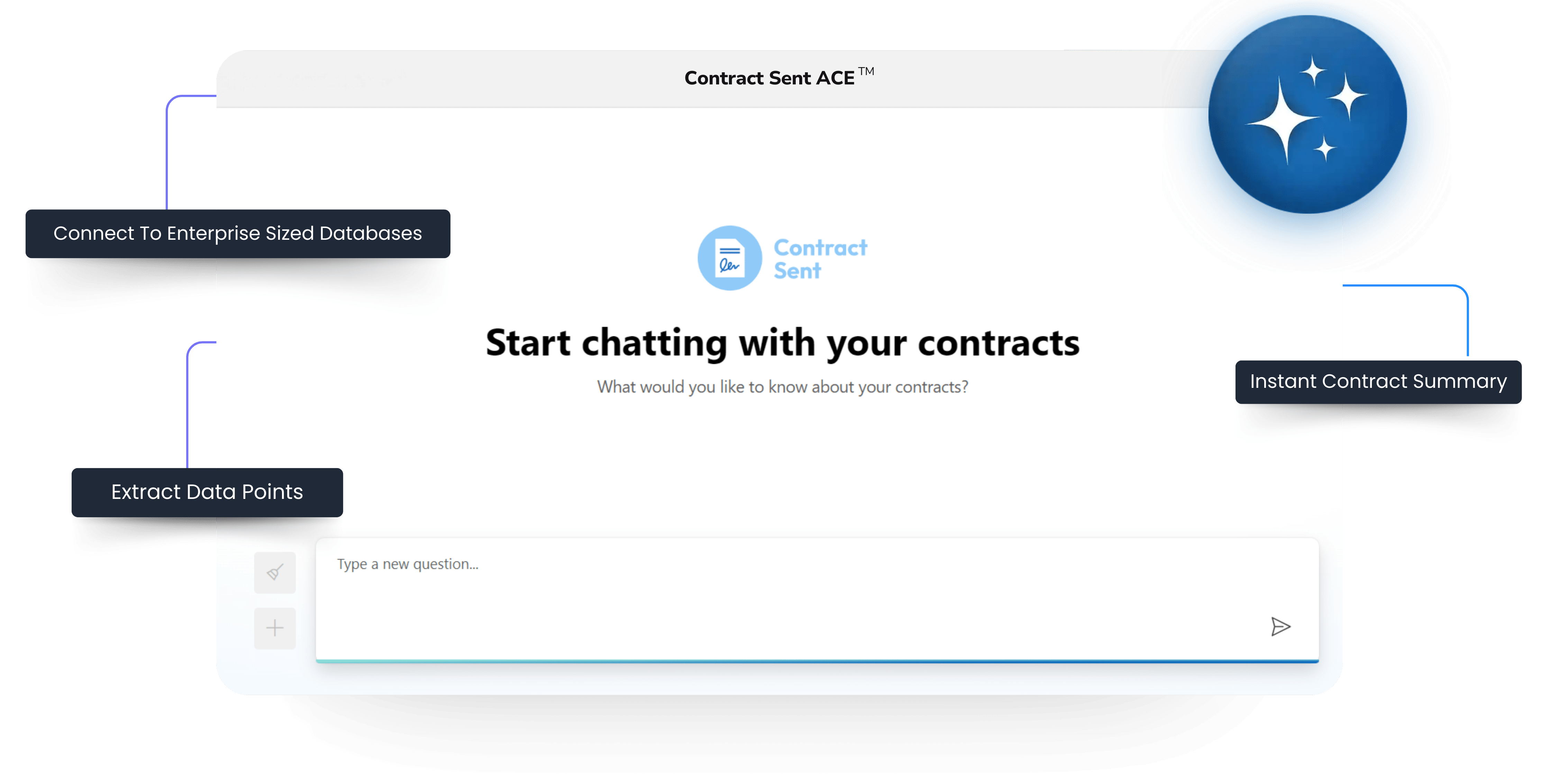Contract workflows play a critical role in ensuring businesses operate smoothly, efficiently, and in compliance with all relevant laws and regulations. However, as essential as contracts are in business relationships, managing them can become an overwhelming process if not handled efficiently. Simplifying contract workflows for efficiency can unlock major advantages, such as reducing risk, eliminating delays, and improving collaboration across departments.
Understanding Contract Lifecycle Management
Before diving into the intricacies of streamlining contract workflows, it’s essential to have a clear understanding of the contract lifecycle stages:
- Contract Negotiations and Drafting – The initial phase where terms and conditions are established.
- Contract Approval – Ensuring terms align with company policies before execution.
- Contract Execution – Formal signing of the contract by all parties.
- Contract Monitoring and Management – Tracking performance, compliance, and obligations.
- Contract Renewal or Termination – Deciding whether to renew, renegotiate, or end the contract.
By optimizing each of these stages, businesses can prevent delays, compliance issues, and inefficiencies.
Benefits of an Optimized Contract Workflow
Effective contract workflows go beyond drafting and signing documents. A structured workflow provides:
- Efficiency – Reduces time spent on manual tasks, allowing teams to focus on strategic work.
- Accuracy – Ensures contracts remain consistent, compliant, and error-free.
- Collaboration – Improves communication between legal, sales, procurement, and finance teams.
- Security – Centralized contract management ensures controlled access to sensitive data.
- Visibility – A streamlined process provides clear tracking and progress updates.

Looking for a contract template?
Browse our 150+ prebuilt customizable contract templates and find the one that suits your needs perfectly.
5 Steps to Optimize Your Contract Workflow
1. Identify the Stakeholders
Determine who is involved in contract management, such as legal, procurement, finance, and sales teams. Assigning clear roles ensures accountability and efficiency.
2. Map Out Workflow Processes
Outline each step in the contract process, from drafting to execution and renewal. Identifying bottlenecks can help refine the workflow and eliminate unnecessary delays.
3. Automate the Approval Process
Manual approvals can slow down operations and introduce errors. Implementing AI Contract Data Extraction ensures contracts move swiftly through the approval process with minimal human intervention.
4. Encourage Collaboration and Communication
A lack of coordination between departments can lead to miscommunication. A centralized platform with integrations such as Google Drive ensures all stakeholders have real-time access to contract updates.
5. Track and Monitor Progress
Using Contract Tracking Software helps businesses stay on top of contract deadlines, compliance requirements, and renewal dates. Automated alerts and reporting tools prevent oversights and missed deadlines.
Leveraging Technology for Efficient Contract Workflows
Relying on spreadsheets and emails to manage contracts is inefficient and prone to errors. A Contract Lifecycle Management (CLM) platform provides:
- Centralized contract storage – All contracts in one secure location.
- Automated workflows – Reduces manual work and speeds up approvals.
- Seamless integrations – Connects with tools like Adobe Sign, HubSpot, and SharePoint.
- Data-driven insights – Helps identify trends and areas for improvement.
Simplifying contract workflows for efficiency is essential for businesses to reduce risks, enhance collaboration, and improve compliance. By identifying key stakeholders, mapping workflows, automating approvals, encouraging communication, and leveraging tracking tools, companies can streamline contract management and drive better business outcomes.
Adopting CLM software and leveraging AI-powered solutions further enhance efficiency, allowing businesses to focus on strategic goals instead of administrative burdens. Investing in an optimized contract workflow leads to faster deal closures, reduced costs, and greater operational success.












